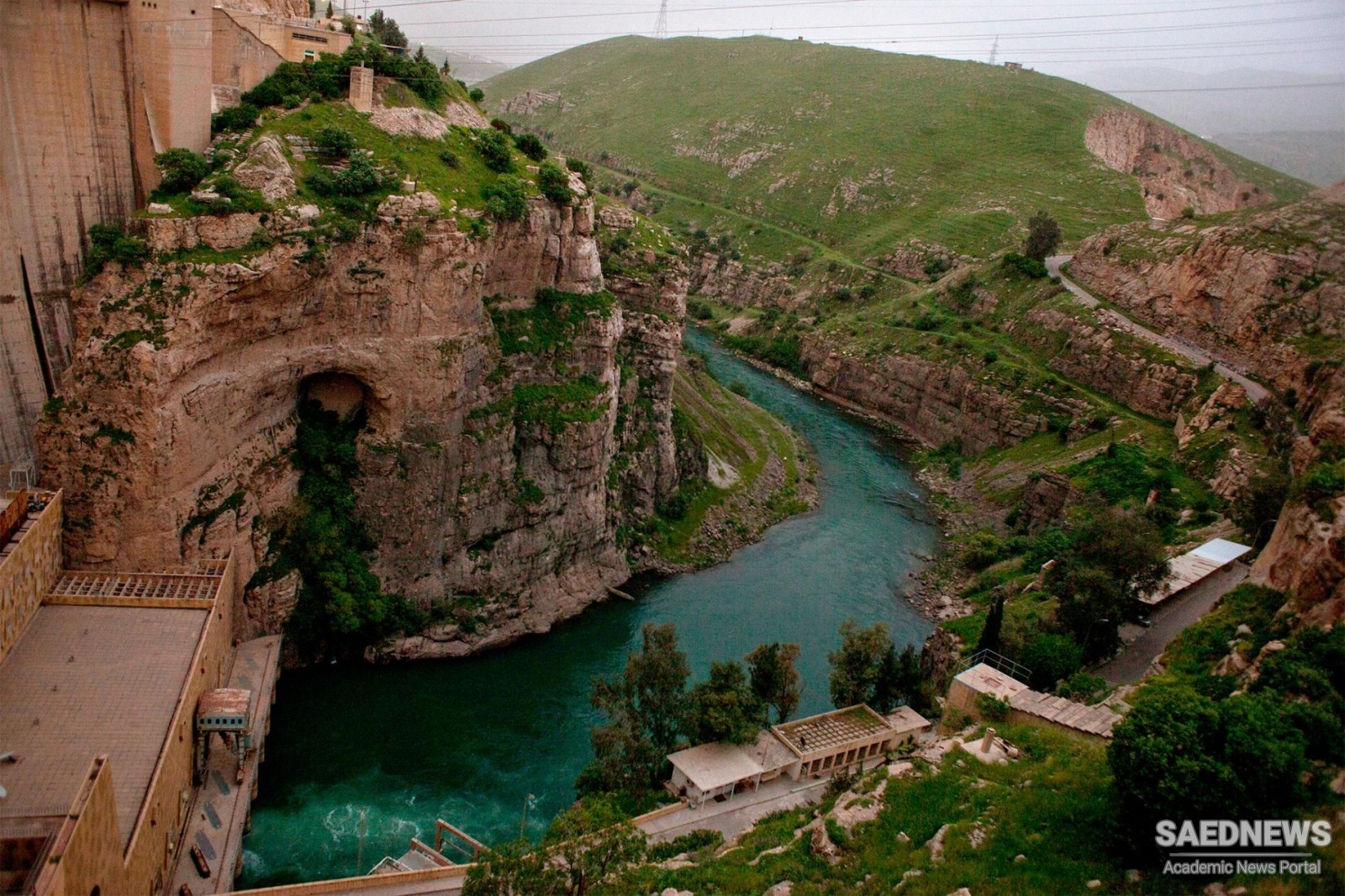Lower Mesopotamia in ancient times was a flat, monotonous landscape of mud-flats, marsh and water. There were no mountains for the gods to dwell in like men, only the empty heavens above, the remorseless summer sun, the overturning winds against which there was no protection, the irresistible power of floodwater and the blighting attacks of drought. The gods dwelt in these elemental forces, or in the ‘high places’ which alone dominated the plains, the brickbuilt towers and ziggurats remembered in the biblical Tower of Babel. The Sumerians, not surprisingly, saw themselves as a people created to labour for the gods.
By about 2250 BCa pantheon of gods more or less personifying the elements and natural forces had emerged in Sumer. It was to provide the backbone of Mesopotamian religion and the beginning of theology. Originally, each city had its particular god. Possibly helped by political changes in the relations of the cities, they were in the end organized into a kind of hierarchy which both reflected and affected men’s views of human society. The gods of Mesopotamia in the developed scheme are depicted in human form. To each of them was given a special activity or role; there was a god of the air, another of the water, another of the plough. Ishtar (as she was later known under her Semitic name) was the goddess of love and procreation, but also of war. At the top of the hierarchy were three great male gods, whose roles are not easy to disentangle: Anu, Enlil and Enki. Anu was father of the gods. Enlil was at fi rst the most prominent; he was ‘Lord Air’, without whom nothing could be done. Enki, god of wisdom and of the sweet waters that literally meant life to Sumer, was a teacher and life-giver, who maintained the order Enlil had shaped.
These gods demanded propitiation and submission in elaborate ritual. In return for this and for living a good life they would grant prosperity and length of days, but not more. In the midst of the uncertainties of Mesopotamian life, some feeling that a possible access to protection existed was essential. Men depended on the gods for reassurance in a capricious universe. The gods – though no Mesopotamian could have put it in these terms – were conceptualizations of elementary attempts to control environment, to resist the sudden disasters of flood and dust-storm, to assure the continuation of the cycle of the seasons by the repetition of the great spring festival when the gods were again married and the drama of creation was re-enacted. After that, the world’s existence was assured for another year.
One of the great demands which men later came to make of religion was that it should help them to deal with the inevitable horror of death. The Sumerians, and those who inherited their religious ideas, can hardly have derived much comfort from their beliefs, in so far as we can apprehend them; they seem to have seen the world of life after death as a gloomy, sad place. It was ‘The house where they sit in darkness, where dust is their food and clay their meat, they are clothed like birds with wings for garments, over bolt and door lie dust and silence.’ In it lies the origin of the later notions of Sheol, of Hell. Yet at least one ritual involved virtual suicide, for a Sumerian king and queen of the middle of the third millennium were followed to their tombs by their attendants who were then buried with them, perhaps after taking some soporifi c drink. This could suggest that the dead were going somewhere where a great retinue and gorgeous jewellery would be as important as on earth.


 Early Human Life in Iranian Plateau: Lower Palaeolithic
Early Human Life in Iranian Plateau: Lower Palaeolithic














































